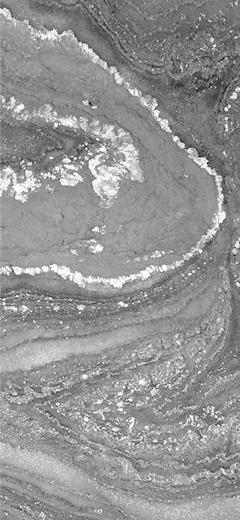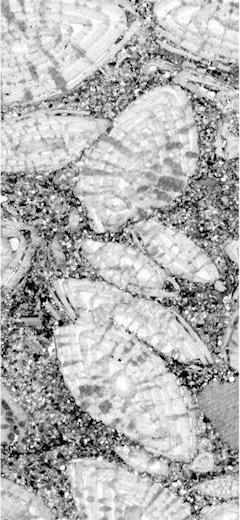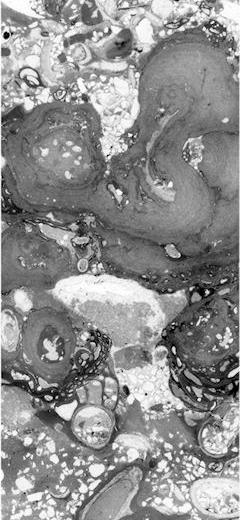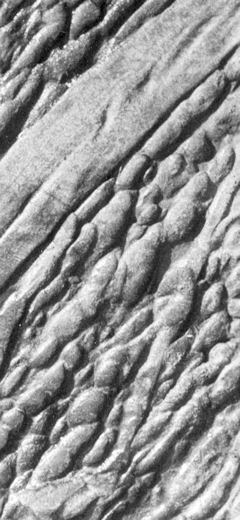ASGP (2025), vol. 95: 141–152
A SYSTEMATIC REVIEW OF PALEOGENE AGGLUTINATED FORAMINIFERA WITH INTERNAL STRUCTURES (SUBFAMILY PAVONITININAE) FROM THE EOCENE OF NORTHWESTERN SAUDI ARABIA
Asmaa KORIN (1,2), Sherif ALLAM (1), Sinatrya PRAYUDI (1), Iyad S. ZALMOUT (3,4), Abdullah MEMESH (3), Mohammed I. ALNAJJAR (3), Ahmed A. BAHAMEEM (3) & Michael A. KAMINSKI (1*)
1) Geoscience Department, College of Petroleum Engineering and Geoscience, King Fahd University of Petroleum and Minerals, Dhahran, 31261, Saudi Arabia
2) Geology Department, Faculty of Science, Port Said University, Port Said, 42526, Egypt
3) Survey and Exploration Center, Saudi Geological Survey, Jeddah, Saudi Arabia
4) Museum of Paleontology, Research Museum Center, The University of Michigan, 3600 Varsity Drive, Ann Arbor, Michigan 48108-2228 USA; e-mail: kaminski@kfupm.edu.sa
*) Corresponding author
Korin, A., Allam, S., Prayudi, S. D., Zalmout, I. S., Memesh, A., Alnajjar, M., Bahameem, A. & Kaminski, M. A., 2025. A systematic review of Paleogene agglutinated foraminifera with internal structures (subfamily Pavonitininae) from the Eocene of northwestern Saudi Arabia. Annales Societatis Geologorum Poloniae, 95: 141–152.
Abstract: Agglutinated foraminifera with complex internal structures represent key components of deep-marine benthic assemblages and are important tools for biostratigraphic and palaeoenvironmental reconstructions. The subfamily Pavonitininae, which includes the genera Pavonitina and Pavopsammia, previously has been documented mainly from Oligocene to Miocene successions of the central Paratethys, West Africa, and the Atlantic margins. This study reports the first stratigraphically well-constrained record of Pavonitininae from the upper Eocene (Biozone E14) Rashrashiyah Formation in the Sirhan-Turayf Basin of northwestern Saudi Arabia. The recovered assemblage includes Pavopsammia flabellum, Pavonitina styriaca, Pavonitina biarritzensis, and Pavonitina kiscelliana. The morphological characteristics of these species, preserved in marly limestones and calcareous claystones, show transitions from an initially coiled arrangement to biserial and uniserial arrangements, reflecting different evolutionary phases of the group. Their co-occurrence extends their known stratigraphic range into the Priabonian and shows that important morphological modifications emerged earlier than previously thought, providing the oldest reliably dated record of the Pavonitininae. Palaeoceanographic changes, such as carbonate compensation depth deepening and oxygen minimum zone expansion, along with the Sirhan-Turayf Basin’s palaeogeographic location along the southern Tethyan margin, probably encouraged diversification of the Pavonitininae and their dispersal towards the Paratethys and Atlantic Ocean. These findings refine the evolutionary history, palaeobiogeography, and palaeoecological significance of the Pavonitininae, and improve their application in biostratigraphic and palaeoenvironmental studies of Paleogene deep-marine deposits.
Manuscript received 16 May 2025, accepted 25 August 2025









